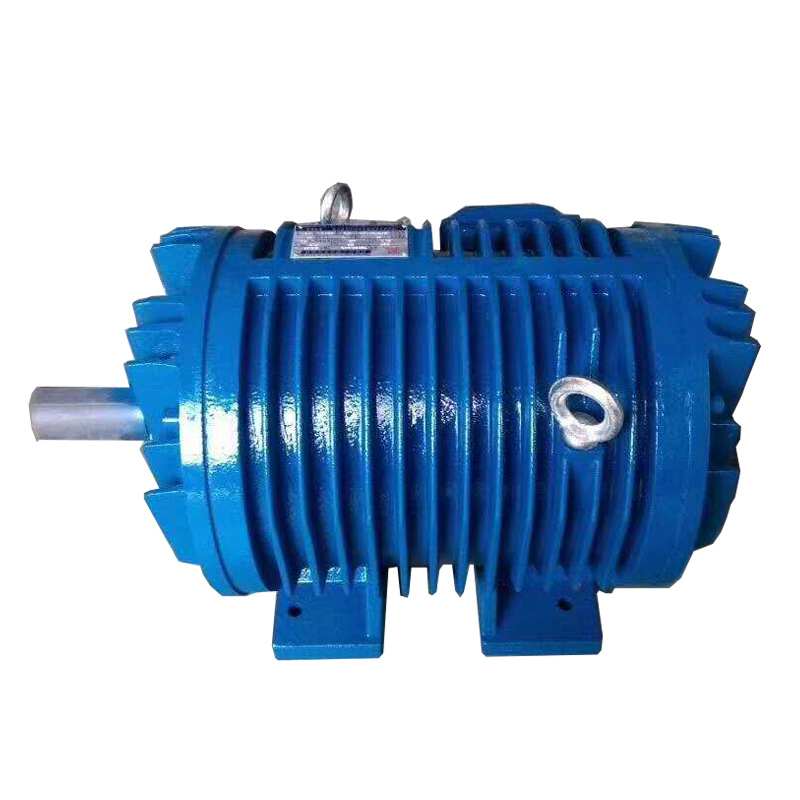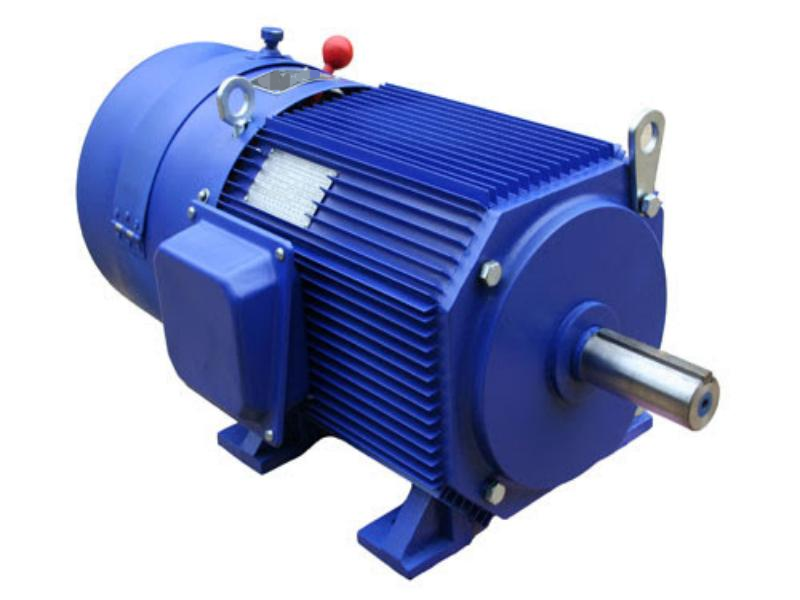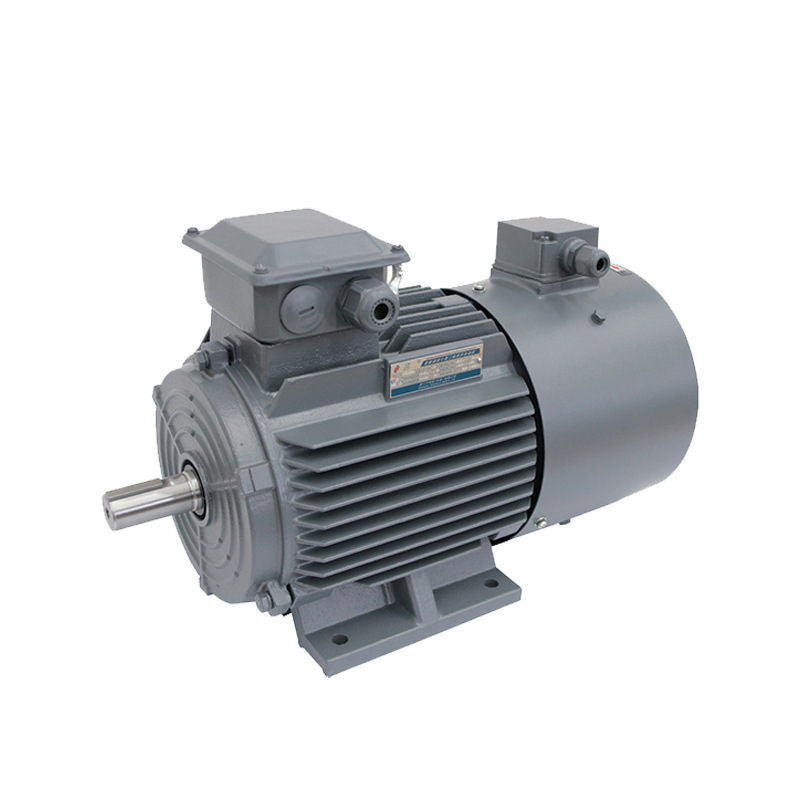What issues should be paid attention to when using three-phase asynchronous motors in roller motors?
When using three-phase asynchronous motors in roller conveyor systems, it is necessary to consider the roller conveyor’s working environment, load characteristics, operating requirements and other factors comprehensively to avoid failures (such as overheating, burning, low efficiency, etc.) caused by improper design or use. The following are the core considerations:
Environmental Adaptability Matching
Roller systems are often exposed to harsh environments (high temperature, dust, humidity, corrosion, etc.). Therefore, the motor‘s environmental adaptability is a primary concern, specifically including:
Protection against High-Temperature Environments
Insulation Grade and Materials: For high-temperature roller conveyors in metallurgy and building materials applications (where ambient temperatures often reach 100-300°C), motors with Class H insulation or higher (temperature resistance above 180°C) must be used to prevent insulation material aging due to long-term high-temperature conditions (for example, standard Class B insulation is only resistant to 130°C and is susceptible to brittle breakdown).
Heat Dissipation Design: If the motor is located near a heat source (such as a billet conveyor roller), remote mounting (connecting the motor and rollers via a long shaft, away from the heat source) or forced cooling (installing a high-temperature-resistant fan for air-cooled motors and an independent water circulation system for water-cooled motors) is recommended.
Regularly clean dust accumulation from the heat sink/air hood (dust easily adheres in high-temperature environments, affecting heat dissipation efficiency).
Protection against dust and humid environments
Protection Level (IP): For dusty workshops (such as stone processing roller conveyors), select IP54 or above (to prevent dust intrusion); for humid/water-prone environments (such as port roller conveyors), select IP55/IP65 (to prevent water spray). Ensure the terminal box is sealed (with waterproof rubber rings) and that the bearings are double-sealed (to prevent moisture from entering the grease).
Structural Details: Avoid right-angled or recessed motor housings (to prevent dust accumulation). Install filters in the vents (replace them regularly to prevent clogging).
Protection against Corrosive Environments
For applications such as chemical raw material conveyor roller conveyors, select a motor housing with an anti-corrosion coating (such as epoxy resin spray). Use corrosion-resistant alloys (such as brass or stainless steel, instead of standard aluminum) for the rotor bars to prevent acid and alkali corrosion that could degrade motor performance.

Matching Load Characteristics with Motor Parameters
Roller conveyor loads are often impactful and variable (e.g., sudden material drops and jams). Therefore, ensure that motor parameters match the load characteristics:
Overload and Stall Capacity
Rollers often experience short-term stalls due to material jams (e.g., steel material deflecting and getting stuck in the rollers). Therefore, select a motor with low stall current and a long stall time (e.g., a metallurgical roller motor can have a stall time of 30-60 seconds, compared to only 10-15 seconds for standard motors).
Use a thermal relay or inverter’s overload protection function (set the overload threshold to 1.2-1.5 times the rated current) to prevent motor burnout from prolonged overload.
Starting Characteristics
Heavy-load roller conveyors (such as those used for container conveying) experience heavy loads during startup and require soft starting (via a frequency converter or soft starter) to control the starting current to 2-3 times the rated current. (Conventional direct starting currents can reach 5-7 times, potentially impacting the power grid and mechanical structure.)
Drive and Installation Properness
The transmission connection between the motor and roller conveyor directly affects operational stability and lifespan. Consider the following:
Drive Mode Compatibility
Direct Drive (low-power roller conveyors, such as logistics sorting): The motor shaft and roller are directly and rigidly connected, ensuring a coaxiality error of ≤0.1mm (otherwise, additional radial forces will be generated, leading to premature bearing wear).
Reduction Drive (high-power/low-speed roller conveyors, such as metallurgical roller conveyors): When the motor is driven through a reducer, chain, or belt, ensure the following:
The reduction ratio of the reducer matches the roller conveyor speed (e.g., if the motor runs at 1500 rpm and the roller conveyor requires 50 rpm, a reduction ratio of 30:1 is recommended);
Chain/belt tension is maintained appropriately (overtightening increases motor load, while overtightening causes slippage).
Installation and Fixing
The motor base must be rigidly fixed (e.g., bolted to a steel support) to prevent vibration during operation (vibration can loosen windings and cause terminal blocks to fall off).
In high-temperature environments, install thermal insulation pads (e.g., asbestos board) between the base and support to reduce heat transfer to the motor.
When using three-phase asynchronous motors in roller conveyor systems, the key priorities are “environmental adaptability, load matching, precise control, and adequate maintenance.” Motor parameters and auxiliary design must be customized based on specific scenarios (e.g., temperature, load, and speed regulation requirements). Standardized installation, real-time monitoring, and regular maintenance ensure long-term stable operation and minimize the risk of production interruptions.




